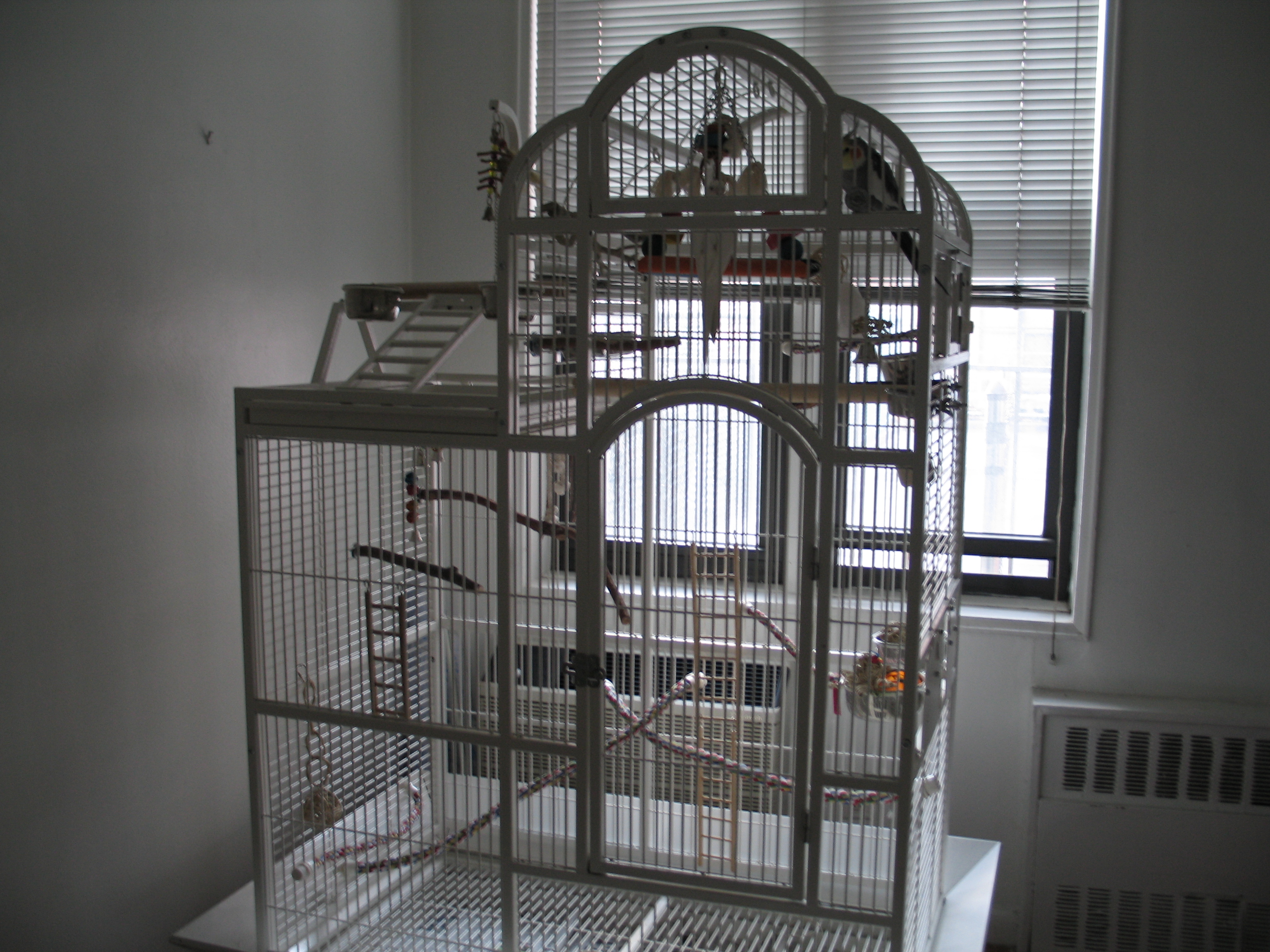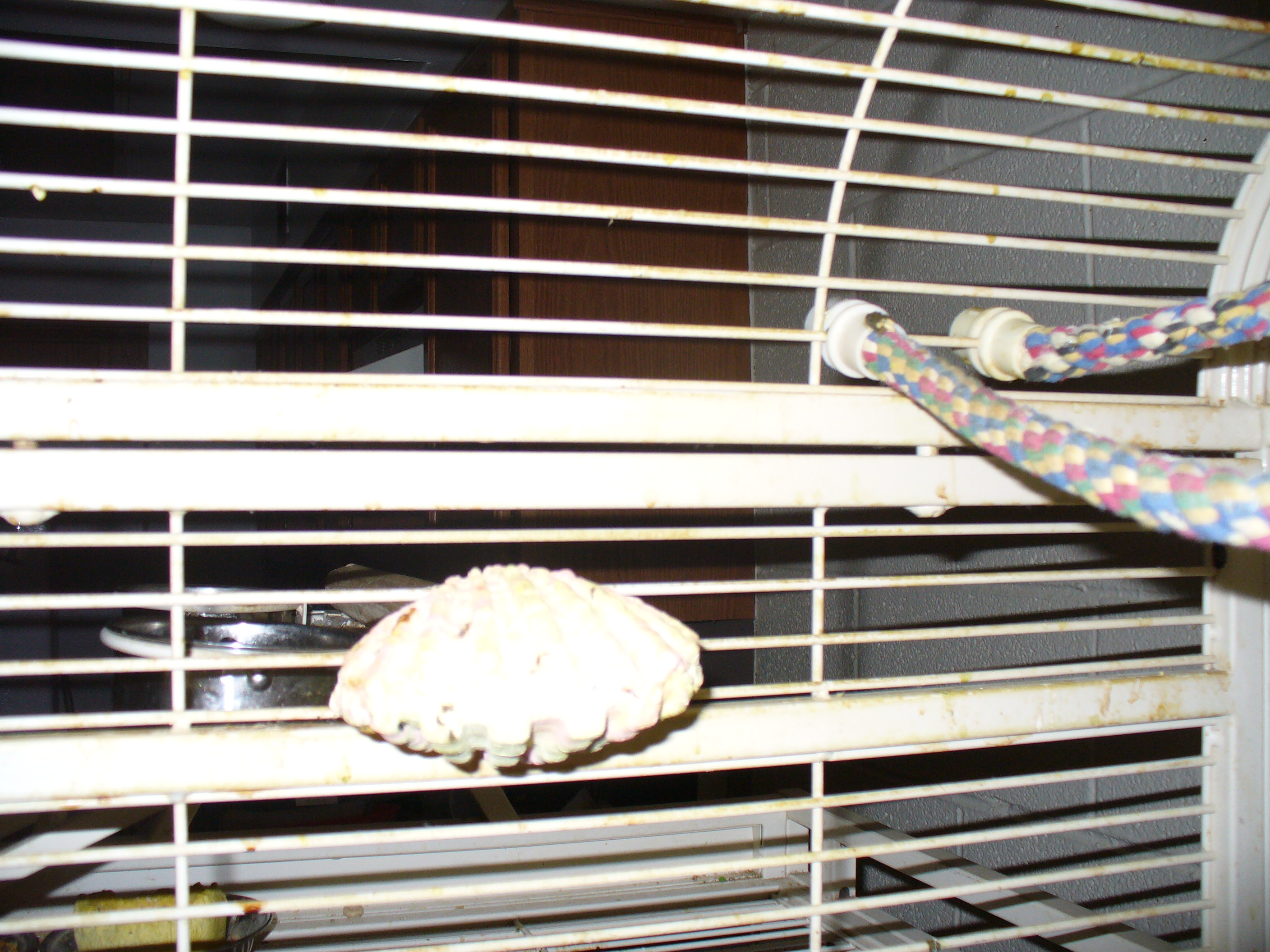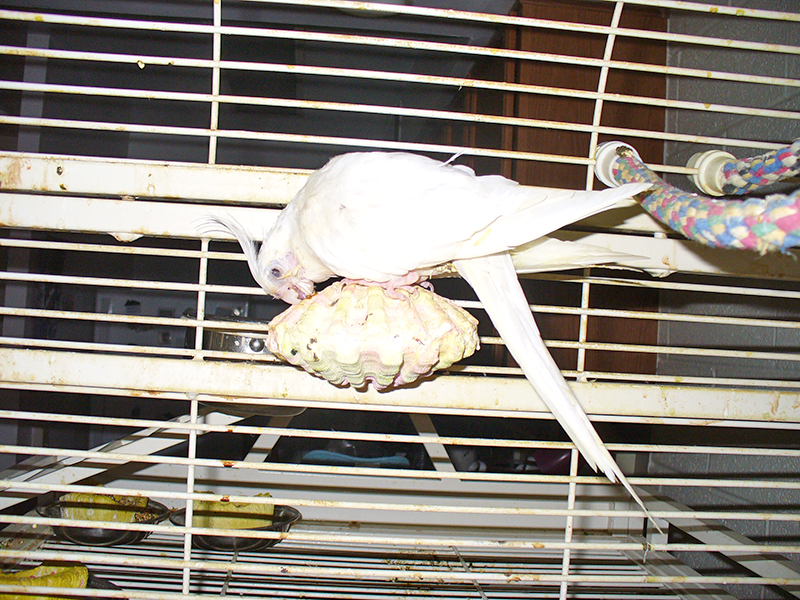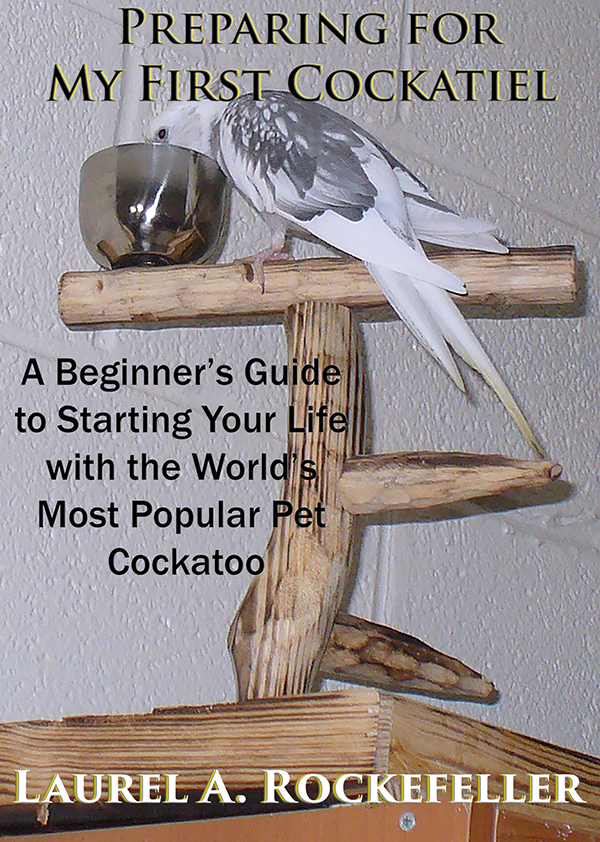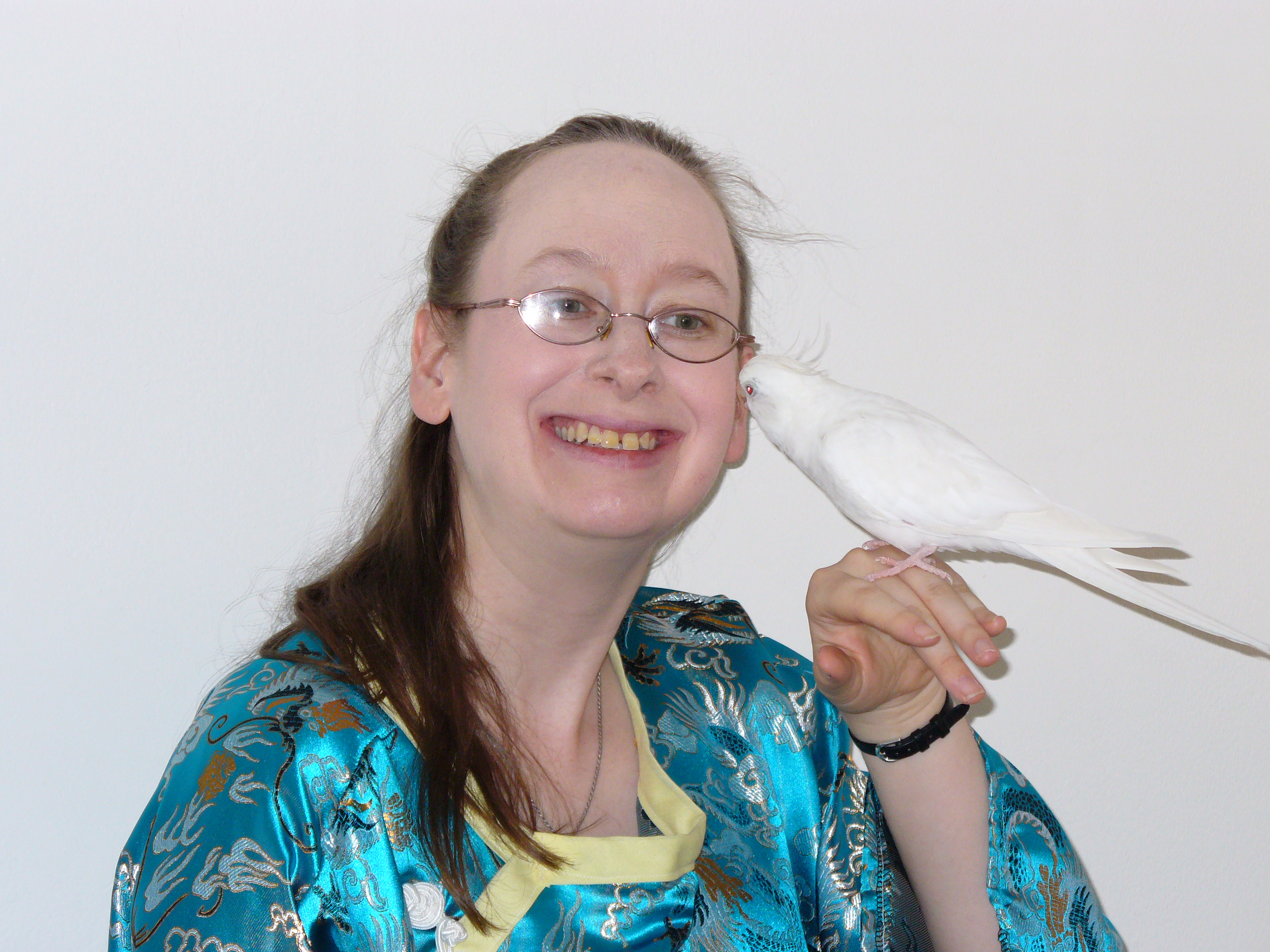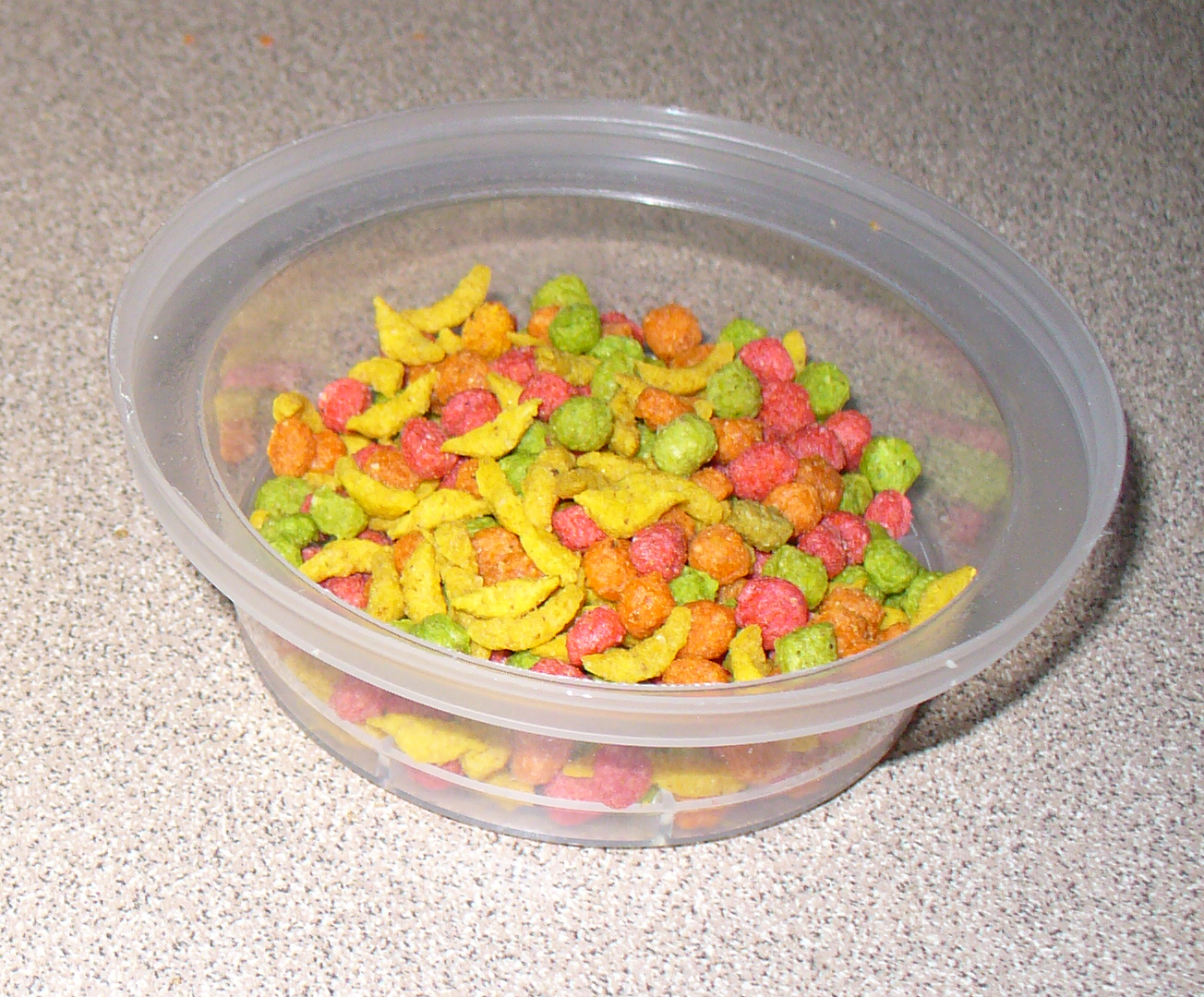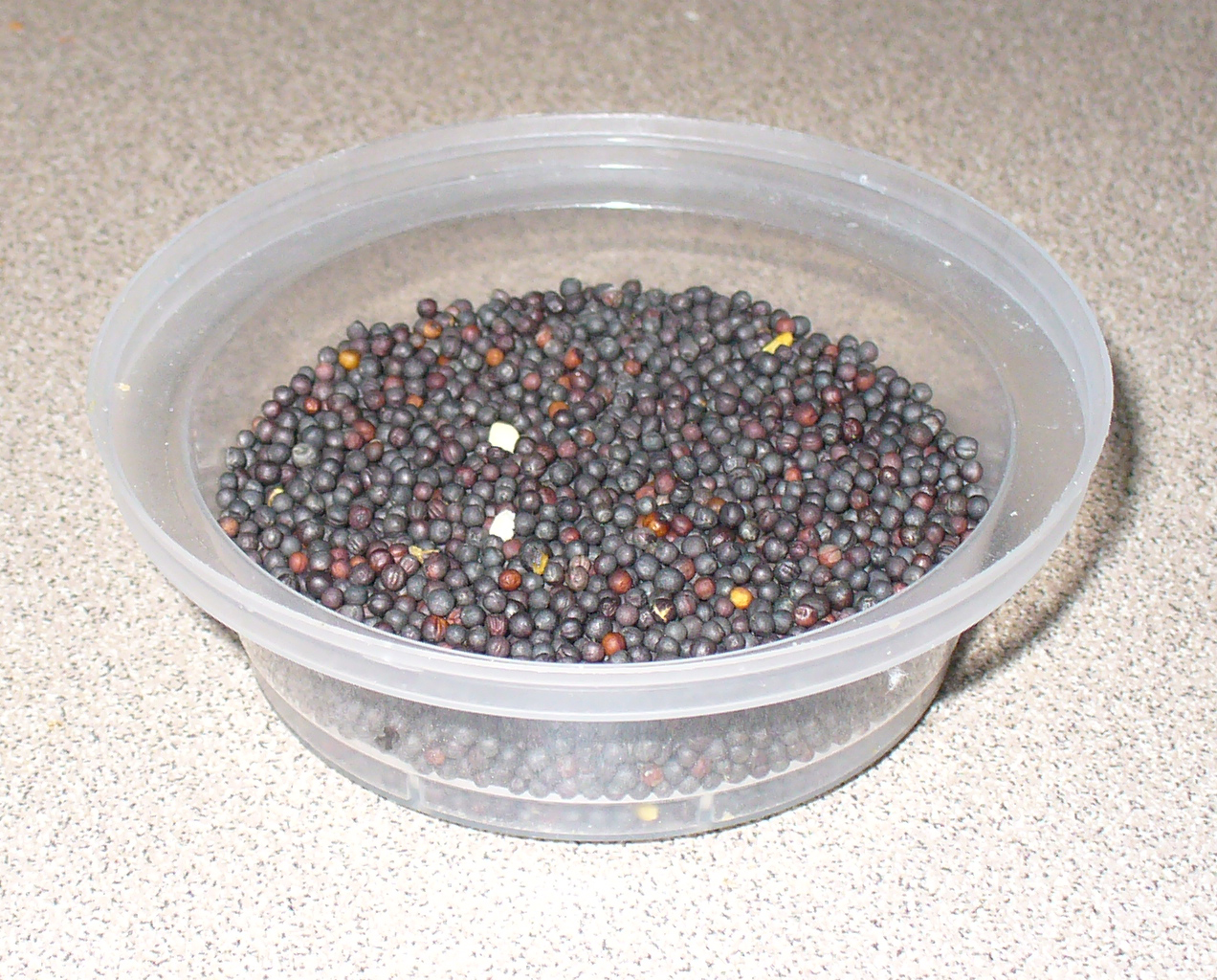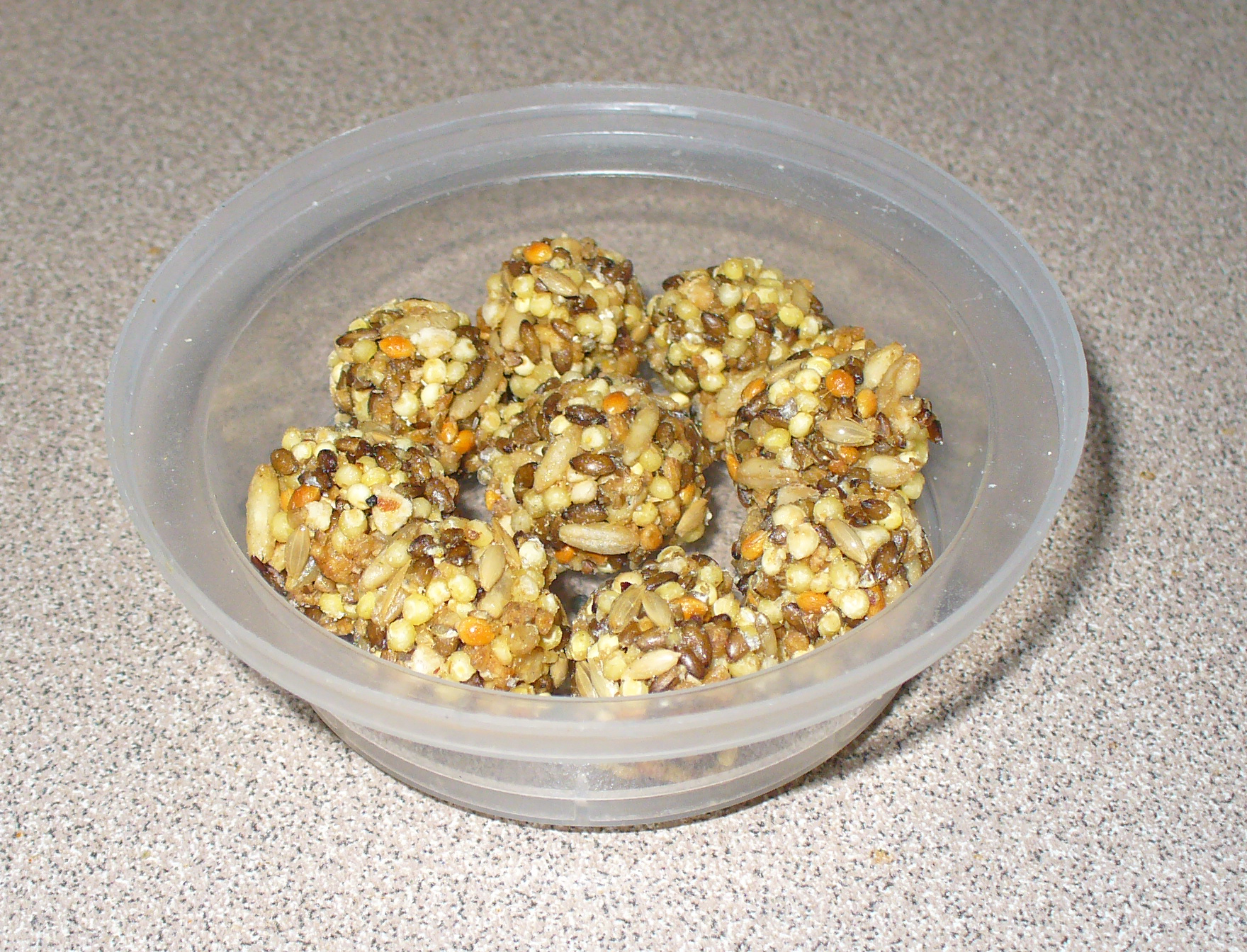It is with great sadness that I announce that at 741 am EDT on Monday, 10 June 2024 Mithril died. She was born 15 June 2003.
Mithril was the heart of the entire Life with Cockatiels series. Right now I am not certain if there will be another book (as planned) for the series. It’s too soon for me. 21 years is a long time and I met Mithril when she was just 3 weeks old, taking her home at 6 weeks. She was a huge part of my life.
Part of my shock and grief right now is that I expected her to live longer than she did. To everyone else, a 20 year old + cockatiel is pretty old and, while sad, her passing on Monday should have been expected.

But I heard that cockatiels can easily reach 25 years, an expectation that did not account for different breeds (properly mutations) having different life spans. Normal grey cockatiels (the wild pattern) live longer than most lutino (the yellow cockatiels) cockatiels. Mithril was a whiteface lutino – a snowy white bird easily mislabeled as “albino.”
![]()
In 2021 I published my memoir, “Mithril and Me: a Love Story.” It was a labor of love, not only exploring Mithril’s life, but all the lives of all my budgerigars and cockatiels across the years. But because Mithril lived so long, it was mostly about her and her relationships with three other cockatiels: Aragorn, Elendil, and Arwen. Now that I’m facing life without her and the understandable grief that comes with such loss, I am glad I wrote that book three years ago; I certainly would not be able to write it today. I can barely write this post without succumbing to grief.
Allow me right now to update all of you on the last three years following that book’s publication.
In 2021, Mithril’s health was already declining. Mithril had difficulty pushing out her waste from her body. As a result, feces collected around her vent and her tail that periodically had to washed and/or cut off her after capturing her with a towel – traumatic for any bird. I ended up doing this every few months for the rest of her life – as recently as 1 June 2024. It wasn’t fun and she got really angry at me each time, but it was needed, not only for general health, but because every gram of weight matters for flight and the feces were impairing her ability to fly.
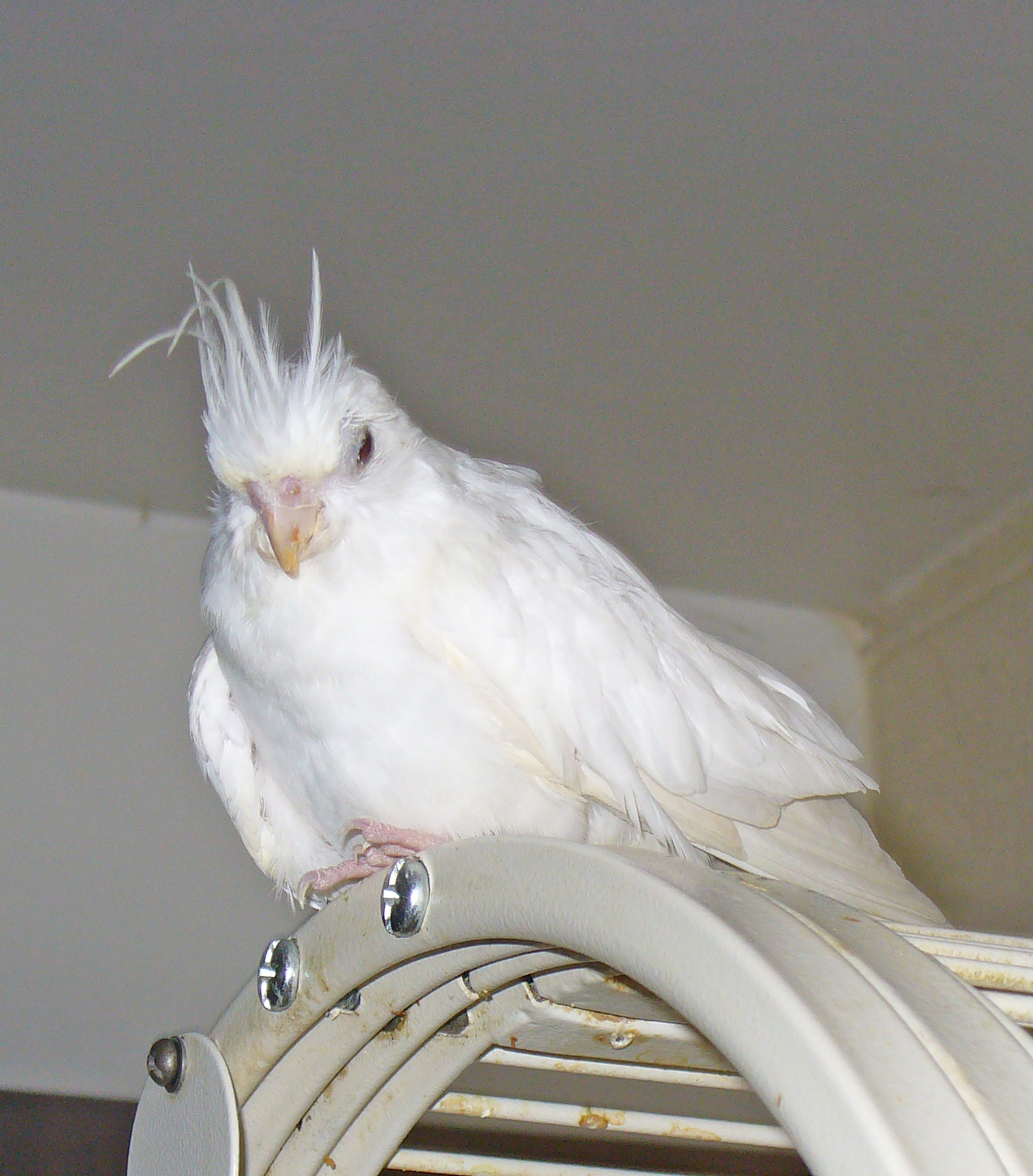
Likewise arthritis set in – enough that I made it a subject in “Preparing for My Senior Cockatiel.” It impaired Mithril’s ability to both preen her feathers (again, essential for flight) and to rest her head on her back to sleep. Sleep deprivation of course affects other areas of health, making her decline even sharper.

Mithril on 7 June 2024. This is the last photo ever taken of her.
Sight issues also emerged. There were frequent ocular infections, bacteria infections on her eyelids, and her facial feathers also became plastered against her cornea. Acuity too diminished. More than simply the challenges of blindness, this destroyed her ability to fly and land safely. For the last two years every flight resulted in a crash. She lost what most made her a bird. Heart breaking for her, for Arwen, and for me.


Finally, Mithril lost the ability to balance. Feathers on her tail and wings didn’t grow in properly. She couldn’t align her feathers. All that Nature gave her to help her keep in balance at all times fell away. She compensated by drooping one or both wings. For the last six months or so that seemed to work. But it was breaking down. Falls were common. So frequent were the falls that I became irritated with her at times. Being a carer – regardless of the species or relationship with the individual in decline – is very hard both physically and emotionally. I couldn’t leave for errands or even to take a nap while she was awake in a day. She needed help that often and was that dependent on me.
Across 2024 she lost the ability to drink without my help. She couldn’t safely navigate from her sleeping perch to any of her three water bowls. It became part of my morning routine to bring her out of the cage and to the outside water bowl for a drink – roughly at 645 am every morning. Every drink she took came from me bringing her to the water or the water to her. She was incapable otherwise.
On Saturday 8 June 2024 she lost her balance on the perch next to that outside water bowl and fell face first into it.
I heard the thump and rescued her before she drowned. But the damage was permanent. Even after sitting with her for three hours on my bed, she never really recovered. she could not preen and therefore dry herself. Even in 70+ degree warmth, she shivered. I cried. I am crying right now describing it.
Sunday the 9th I thought Mithril had recovered from her near miss. Nothing seemed out of the normal we were living the last several months. Mithril would try to move around, fall from her perch, i would recover her. Normal.
Monday morning. Start of the routine. But she wouldn’t step up for me from her clam perch. I picked her up anyway and offered her water. she refused. i tried to put her up on the living room perch stand. she refused. Instead she lay down in my right palm. that’s when i knew something was wrong. she couldn’t sit up. her breathing was labored. i started to cry heavily, knowing from 40+ years with birds what was coming. I kissed her and talked to her. Arwen sat on the keyboard tray just inches from her. At 741 am she left, her head much heavier than the rest of her.
Out of the business of life I didn’t notice that in the days leading up to her death she had stopped eating regular cockatiel food and would only eat scrambled egg, her favorite. But she was still eating and so I didn’t think anything of it. When you get used to someone in your life like this you take things for granted. She’s fine, even when she wasn’t. I did miss certain small signs that the end was coming. Because I convinced myself she was going to be with me forever. Love does that.
When it finally happened I could not stop crying. Even taking in some water that only increased the tears. I found a wash cloth to be her shroud and wrapped her in it, using a pin to secure it. I put a spray of millet against her body so she can have that as she passes to the next part of her existence. After a few hours i saw a neighbor in the hall and asked for help. He took us to a nearby park frequented with song birds and helped me dig her grave and lay her to rest. That helped. But we are still grieving.
Arwen too is grieving. We are trying to find the path forward without Mithril. We both took care of her and are both heart broken. Look around and maybe 80% or more of what is around me is either hers or is part of my home because of her. Her life is everywhere in mine. Four books are her permanent legacy, a legacy I hope you will support and bring into your life. More than any other bird, she taught me. Everything really. I mastered aviculture – modern and medieval – through Mithril. Most of the advice I give you through my work comes from experiences with Mithril.
Mithril was the bright spot of my life, my greatest teacher. She was the greatest love of my life. She was my everything. I spent more days living with Mithril than I did living with my own mother. She was that huge in my life, that influential, and most of all, dearly loved.
